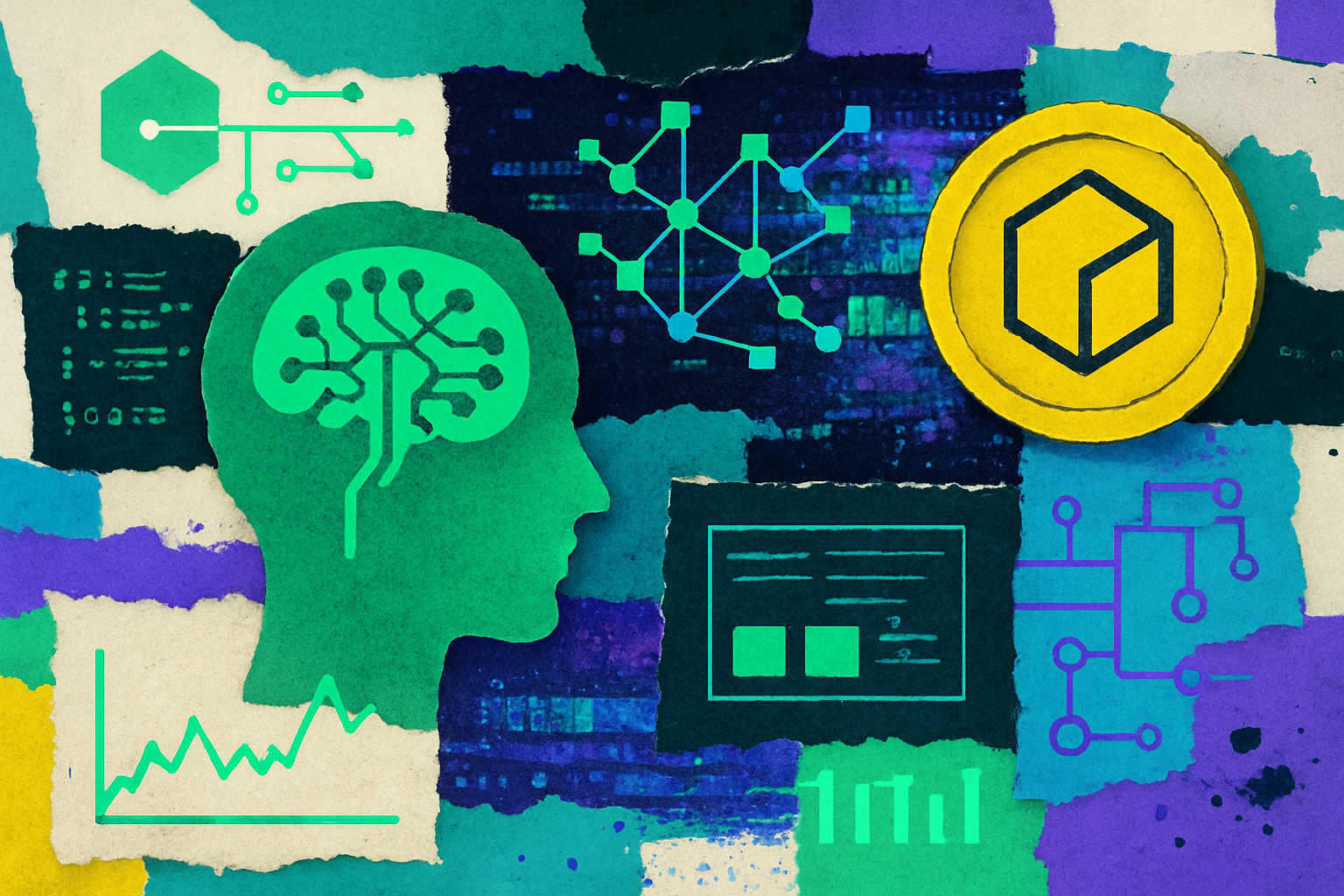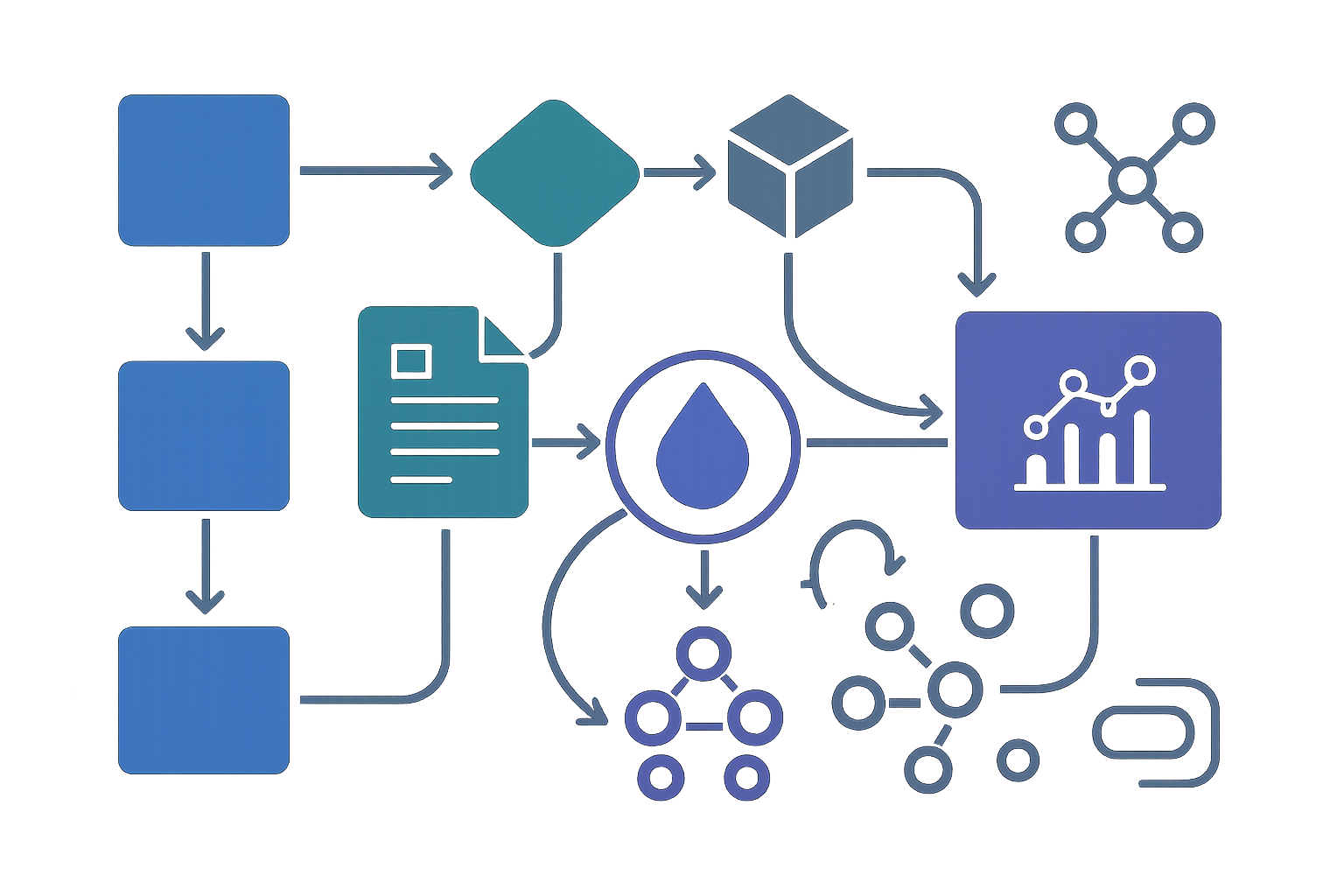
The race to real-time AI is accelerating, and in 2025, the fusion of Edge AI Compute with Decentralized Physical Infrastructure Networks (DePIN) is redefining what’s possible for low-latency inference. Gone are the days when deploying AI at the edge meant sacrificing speed or security. Today, decentralized networks are slashing latency, unlocking new levels of responsiveness and privacy for everything from autonomous vehicles to industrial robotics. Let’s break down how this new paradigm is emerging, and why it matters for builders, enterprises, and investors navigating the next wave of AI infrastructure.

Why Edge AI Compute Is Winning: The Latency Equation
Centralized cloud AI once ruled the landscape, but as applications demand ever-tighter feedback loops (think sub-50ms response times for drones or factory robots), traditional architectures are hitting their limits. Edge AI compute flips the script by running models directly on or near data-generating devices. This proximity reduces round-trip time for data transfers, enabling real-time inference that centralized clouds can’t match.
The numbers speak volumes:
- Chiplet-based RISC-V SoCs now deliver a 14.7% reduction in latency and a 17.3% boost in throughput versus legacy designs, while maintaining sub-5ms responsiveness across diverse workloads.
- Neuromorphic processors, like Intel’s Loihi 3, hit inference latencies as low as 8ms at just 0.8W power draw, making them ideal for energy-sensitive edge deployments (source).
This isn’t just about speed; it’s about unlocking new business models and use cases where every millisecond counts.
The DePIN Advantage: Decentralization Meets Real-Time AI
So how does DePIN supercharge edge computing? By distributing compute resources across a global mesh of independent nodes, often incentivized via crypto tokenomics, DePIN networks remove single points of failure and create a marketplace for idle GPU/CPU power.
This model isn’t theoretical anymore. Projects like EdgenTech now let developers stake $EDGEN tokens to access fractional slices of GPU/CPU capacity on-demand, dramatically cutting costs while locking in data privacy at the edge (deep dive here). The result: scalable, censorship-resistant infrastructure that delivers real-time inference wherever it’s needed most, without sending sensitive data back to centralized clouds.
Architectural Innovations Powering Sub-10ms Inference
The leap in performance isn’t just about hardware, it’s also about smarter system design. Consider these breakthroughs:
- Edge-cloud co-inference architectures, like NeuCODEX, utilize spike-driven compression and dynamic early-exit logic to reduce data transfer by up to 2048x and slash energy consumption by over 90%, all while keeping accuracy intact (read more).
- Akamai Inference Cloud (2025): Extends NVIDIA-powered inference from core datacenters directly to global edge locations, enabling secure, scalable deployment of LLMs and vision models with minimal latency.
- Cisco Unified Edge (2025): Integrates compute, networking, and storage at the network boundary so enterprises can run time-sensitive models close to operational endpoints without bottlenecks or vendor lock-in.
The upshot? Organizations can now deploy decentralized AI inference with confidence that performance will hold steady, even under unpredictable loads or intermittent connectivity scenarios.
Pillars of Value: Speed, Privacy and Efficiency
The convergence of Edge AI Compute with DePIN isn’t just a technical upgrade, it’s a strategic unlock for industries where milliseconds mean money (or safety). Here’s why:
- Reduced Latency: Processing data locally enables instant decision-making in mission-critical domains like defense-grade autonomy and industrial automation (see use cases here).
- Enhanced Privacy and Security: Sensitive information stays on-site; only actionable insights traverse networks, reducing attack surface area and compliance risk.
- Bandwidth Efficiency: Local pre-processing means only relevant signals get transmitted upstream, cutting operational costs while freeing up bandwidth for what truly matters.
Industry momentum is unmistakable. EdgeAI Labs, for instance, is merging cloud, edge, and end devices into a decentralized compute mesh, where economic incentives drive both participation and innovation. This shift is fueling a virtuous cycle: as more nodes join the network, inference becomes faster and more resilient, while tokenized rewards encourage continuous hardware upgrades. It’s not just about lowering costs; it’s about future-proofing AI deployments against outages, censorship, and vendor lock-in.
For enterprises with real-time needs, think logistics fleets optimizing routes in milliseconds or smart factories orchestrating robotic arms, these advances are non-negotiable. The ability to tap into decentralized AI inference on demand means businesses can scale without massive upfront investments or exposure to centralized cloud pricing shocks. As DePIN networks mature, expect to see new marketplaces for GPU/CPU monetization and dynamic pricing models that reflect true supply-demand conditions.
What’s Next for Edge AI Compute in DePIN?
The next frontier is composability: integrating cross-chain payments, automated resource allocation, and programmable privacy policies directly into the fabric of decentralized compute networks. Projects at the intersection of AI compute tokenomics and zero-knowledge proofs are already piloting confidential inference pipelines, enabling sensitive tasks like medical diagnostics or defense operations without exposing raw data to third parties.
Meanwhile, advances in networking (from 5G to Wi-Fi 7) are pushing achievable latency even lower. Under ideal conditions, sub-1ms response times are within reach for select applications, a game-changer for immersive AR/VR experiences and next-gen IoT deployments. As regulatory frameworks catch up with technology, expect compliance-by-design architectures that bake privacy and auditability into every transaction.
Action Steps for Builders and Investors
- Developers: Explore open-source SDKs from leading DePIN projects to benchmark latency improvements on your own edge workloads.
- Enterprises: Pilot decentralized inference for mission-critical use cases, especially where data sovereignty or uptime is paramount.
- Investors: Track tokenized GPU/CPU marketplaces and composable infrastructure plays; these are likely hotspots as Web3 meets AI at the edge.
This convergence isn’t just a technical trend, it’s a new competitive edge. For a deeper dive into how decentralized GPU networks are powering scalable AI inference (and slashing costs), check out our guide: How Decentralized GPU Networks Are Powering Scalable AI Inference: The Rise of DePIN Compute.





